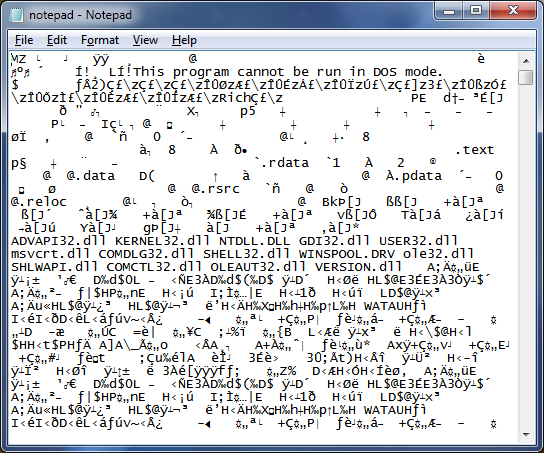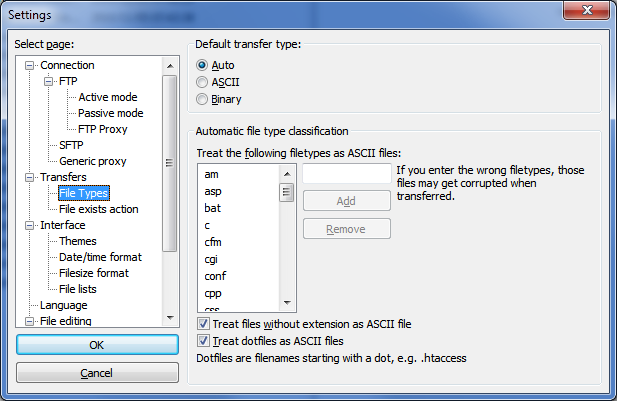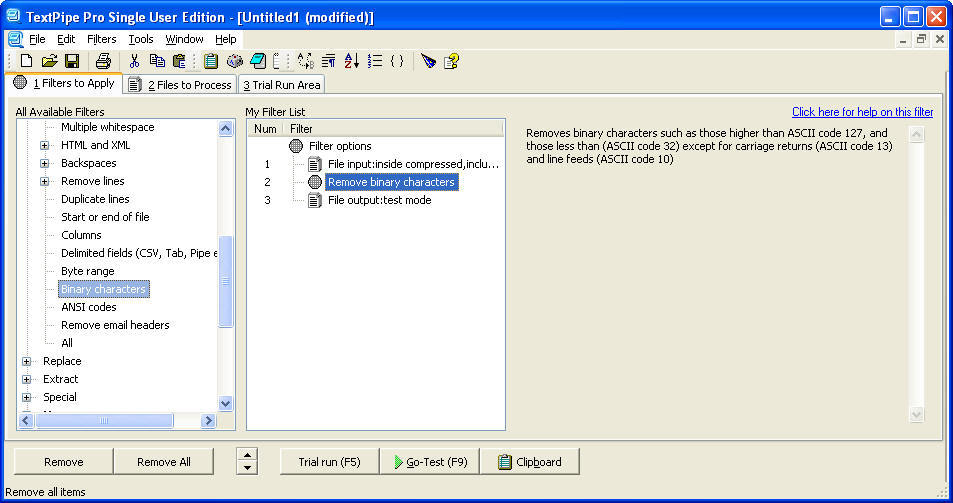Difference between Binary and ASCII

Binary and American Standard Code for Information Interchange (ASCII) are two different methods in computer programming that represent digital data and transfer of all types of symbols and instructions. Binary system is considered a general term of encoding while ASCII method of encoding characters is a globally accepted system. Mainly computers and all sorts of digital machines operate on high/low voltage methods as these devices convert digital data, symbols and instructions into text form through the use of either binary or ASCII techniques. In binary form of representation, the two digits of 1 and 0 take part to accomplish the encoding task.
Instructions
-
1
Binary
Binary system is considered a general term of encoding in which data is assigned to a specific value. These values are decimal numbers and as the process goes further, these decimal numbers which are basically the characters, symbols and the instruction convert the information in binary numbers which are 1 and 0. This process works on a unique process which is called a binary string. Essentially, it is considered that the length of binary string determines which type of instructions, symbols and characters can be encoded. The binary string grows with every number. With only one digit, you will see that two different types of characters can be represented and with two digits, four characters or instructions. Binary strings are not constant as well.
There are different types of binary strings which encode information, symbols or instructions with respect to long and constant binary strings. ASCII, UTF-2, UTF-32, UTF-16, UTF-8 are some famous extended constant binary strings.
- Image Courtesy: mingersoft.com

-
2
ASCII
ASCII method of encoding characters is a universally accepted system. This encoding method works on an alphanumeric character scheme and was first introduced in 1960. Unlike binary system, ASCII uses seven digit binary string to convert instructions, symbols and different characters. Another ASCII version which uses eight digits binary string is also extensively used to represent characters. In ASCII, control characters and printable characters take part in encoding. Control characters are represented by 0-13 decimal and 127 decimal and printable characters represented by 32- 126 decimal. In ASCII encoding system, it can represent letters in numbers, symbols and control keys.
- Image Courtesy: datamystic.com








